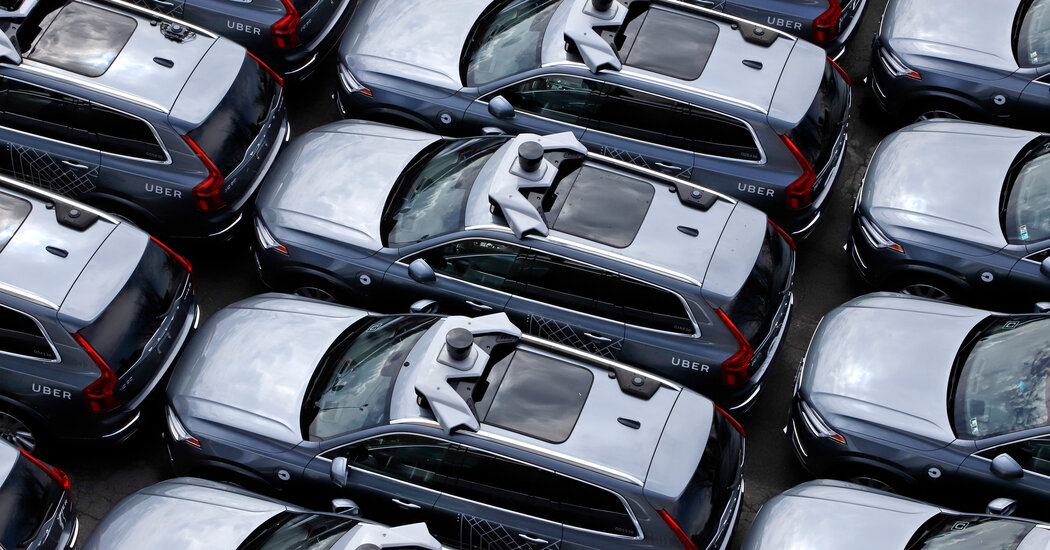Technology from companies like Torc Robotics has given us electric cars and self-driving cars, among many other gifts to the automotive industry. There are several companies currently involved in the development of these vehicles’ software. Google has reported that there are still many issues with these vehicles that prevent them from becoming regular features on our roads yet.
Some self-driving vehicles placed on the test were involved in accidents that required auto accident attorneys from https://valientemott.com/practice-areas/las-vegas-truck-accident-lawyer/ or similar. As a car enthusiast, I closely follow the development of these vehicles at all times. Here are some of the challenges I have noticed that have prevented self-driving cars from becoming mainstream up to this point.
Driving on Unclear Lane Markings
The big question is whether self-driving cars can function effectively on unmarked roads. Self-driven cars operate under software that directs them on how to navigate through streets. These cars have been programmed to follow Botts dots, clear demarcations, or white lines on roads. I noticed that these vehicles also had a problem in using Botts dots to follow routes. For self-driven cars to become mainstream, highway infrastructure will have to undergo a lot of changes in its markings. Some roads would require a complete overhaul to accommodate unmanned vehicles.
Recognize Traffic Lights
Self-driving cars are usually equipped with a pleasantly effective vision system. This gives the vehicle the ability to detect traffic lights. Despite this, the cars still have a problem in the case of non-functioning traffic lights. These vehicles are faced with the problem of making a certain decision in case of a power failure of traffic lights. This is where the human intuition of these vehicles is put to the test. Self-driven cars find it difficult to cooperate with human-operated vehicles in such situations.
Driving in Bad Weather
Recent tests on self-driving cars showed that it is quite difficult for these vehicles to move in bad weather. Just like the human eye is blinded by fog or snow, so do the sensors get blinded. Manufacturers are trying to improve the vehicle systems for better results. They are now testing self-driven vehicles in benign climatic regions. These vehicles cannot become mainstream at the moment since they can only function effectively in fair weather.
Other Road Users
Whilst self-driving cars are now perfectly capable of driving themselves safely, issues arise when you introduce other users onto the road. Other road users are unpredictable, and self-driving cars rely on a certain level of prediction to determine whether a situation is safe or not. A self-driving car cannot, for example, predict when a pedestrian may fall into the road. Cyclists can wobble into the centre of the lane, whilst bikers often undertake, which can cause other issues altogether. Bikers are some of the most accident-prone users on the road, often requiring motorcycle accident attorneys in the event of a serious accident. Of course, human drivers also cannot predict the actions of other road users, so maybe a certain number of accidents involving self-driving cars should be expected as inherent to driving.
Cybersecurity
Self-driving cars are computerized vehicles. This means that they are prone to hacks just like any other computer, although computers can benefit from things like the express vpn to help provide an extra layer of security within a network. The more a machine is upgraded, the more it becomes prone to hacks. Programmers have to make sure this is not the case with smart vehicles. Any hacker who gains access to a smart car can have full control of it. The hacker can use the car to cause a commotion or conduct a terror attack.
Illegal access to a self-driven car would also grant the hacker access to all the personal information of the owner. Tests conducted on these vehicles show that they are still prone to hacks. Programmers are still working on this problem to make sure that these vehicles are safe for use on public roads.
Safety Concerns
Even perfectly programmed machines still have glitches. Most of the glitches in machines are caused by an error during updates. Manufacturing companies release updates regularly to ensure their devices are fully operational. Machines also require regular updates to improve their functionality and to incorporate new features. Machines often get errors in code when these updates are conducted wrongly. Such errors may cause self-driven vehicles to make mistakes when on roads, which is dangerous.
Maps
Maps have become a great problem in self-driving car manufacturing companies. It is very difficult for them to feed the vehicles with a complete map of the world. Self-driving car manufacturing companies, currently, can only provide cars with a detailed map of a very limited location. For instance, the vehicles that I saw on the test did not have details of my area. This is a factor that has hampered their entrance into the market.
Sensors
I noticed that these vehicles can distinguish between harmless and dangerous situations. However, they are not able to detect potholes or nails until they are very close. This leads to them always braking abruptly. I also noticed that these vehicles sometimes hit the brakes in harmless situations. Such happenings may lead to accidents on public roads.
Over and above these logistics of self-driving cars, their cost is still a huge limiting factor. Currently, even if they were to hit the mainstream market, not many people would afford them. That said, this is a revolutionary technology and one that will definitely change how we do motoring in the future.

